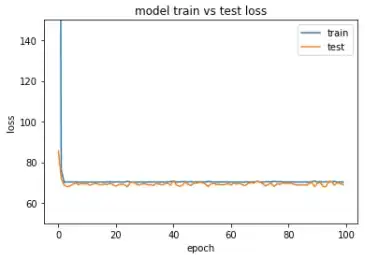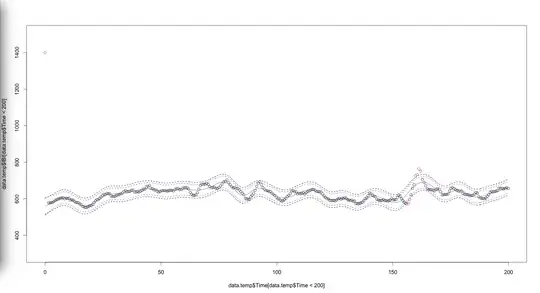I answered this once on twitter, I can reproduce the answer here.
Derivation (graphs licensing each step are provided below).
$$
\begin{align}
P(y|do(x)) &= P(y|do(x), do(z)) \qquad &\text{Rule 3: $(Y \perp\!\!\!\perp Z|X)_{G_\overline{XZ}}$}\\
&= P(y |x, do(z)) \qquad &\text{Rule 2: $(Y\perp\!\!\!\perp X)_{G_{\overline{Z}\underline{X}}}$}\\
&= \frac{P(y, x|do(z))}{P(x|do(z))} \qquad &\text{Def. of conditional probability}\\
&= \frac{\sum_{w}P(y, x|z, w)P(w)}{\sum_{w}P(x|z,w)P(w)}\qquad &\text{Backdoor using with $W$: $(\{Y, X\}\perp\!\!\!\perp Z|W)_{G_{\underline{Z}}}$}
\end{align}
$$
What does each step mean of the derivation means in plain English?
- Step 1 simply states that, when $X$ is held fixed (by intervention),
manipulating $Z$ has no effect on $Y$;
- Step 2 states that, when $Z$
is held fixed (by intervention), there is no confounding between $X$
and $Y$;
- Step 3 is just applying the definition of conditional
probability; and, finally,
- Step 4 notes that adjusting for $W$ is
sufficient to identify the causal effect of $Z$ on $X$ and $Y$. This
is because $W$ blocks all confounding paths from $Z$ to $X$ and $Y$
(backdoor paths). So we can use vanilla backdoor adjustment here.
Modified Graphs


